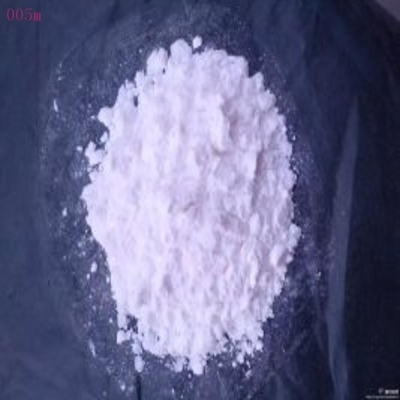-
Categories
-
Pharmaceutical Intermediates
-
Active Pharmaceutical Ingredients
-
Food Additives
- Industrial Coatings
- Agrochemicals
- Dyes and Pigments
- Surfactant
- Flavors and Fragrances
- Chemical Reagents
- Catalyst and Auxiliary
- Natural Products
- Inorganic Chemistry
-
Organic Chemistry
-
Biochemical Engineering
- Analytical Chemistry
-
Cosmetic Ingredient
- Water Treatment Chemical
-
Pharmaceutical Intermediates
Promotion
ECHEMI Mall
Wholesale
Weekly Price
Exhibition
News
-
Trade Service
A few days ago, a piece of news about condiment fraud caused an uproar
.
In some ordinary houses in Duliu Town, Jinghai District, Tianjin, a large number of counterfeit brand-name seasonings are produced every day
The star anise, pepper, and cumin used by melon seed processing enterprises are recycled, dried, crushed, and simply processed and filled.
A pack of Wang Shouyi's thirteen incense is successfully processed; industrial salt, pigments, food additives, and tap water are blended.
Labeled is a bottle of Lee Kum Kee or Haitian soy sauce
.
In some ordinary houses in Duliu Town, Jinghai District, Tianjin, a large number of counterfeit brand-name seasonings are produced every day
.
Well-known brands such as Nestlé, Totole, Wang Shouyi, Jiale, Haitian, and Lee Kum Kee are hardly spared .
These salts are actually industrial salt.
According to Liu Shaowei, an expert from the Department of Food Science and Engineering of the School of Bioengineering, East China University of Science and Technology, industrial salt cannot be used as a food raw material and should be marked as "forbidden to eat" on the package
.
He said that industrial salt contains a lot of impurities and many harmful ingredients.
For ordinary people, first they don’t know the source of food, and second, there is no way to know the safety of food on the spot.
They want to buy safe food through formal channels, such as large vegetable farms and supermarkets, rather than small remote foods.
Processing shop
.
And when a large number of fake spices have flowed to the market, it is impossible to verify whether the products purchased through formal channels are safe
At this stage, the popularity of food testing equipment has greatly increased.
From food inspection and testing institutions to rapid pesticide residue detection points at the door of the vegetable market, food testing has been seen
.
The increase in public safety awareness and the attention of relevant departments have enabled the smooth progress of food testing
Hyperspectral remote sensing not only can detect the spectrum range that the human eye cannot perceive, but also can continuously record hundreds of spectrum bands to identify small differences that cannot be recognized by the human eye, such as vegetables with pesticide residues and vegetables without pesticide residues
.
Compared with traditional detection methods, hyperspectral remote sensing food detection not only has the characteristics of non-contact and non-destructive, but also greatly improves the detection efficiency and makes food safety detection more convenient and faster
In addition to the research and development of food testing technology, the improvement of related standards has laid a legal foundation for the establishment of a national food safety system
.
Recently, in accordance with the provisions of the “Food Safety Law of the People’s Republic of China” and the “Administrative Measures for National Food Safety Standards”, the “National Food Safety Standards for Fresh (Frozen) Livestock and Poultry Products” (GB2707- 2016) and other 127 national food safety standards were released, including 14 food product standards, 19 hygienic standards, 13 food nutrition fortifier standards, and 81 inspection method standards.
The continuous advancement of inspection technology in China will inject new vitality into the instrument industry, and the accuracy of instrument detection will also be greatly improved.







